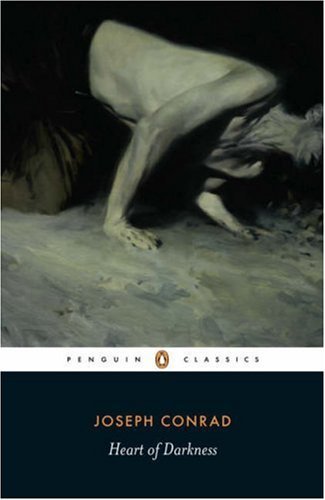
Image Credit: Phil Hale
As an avid and generous reader of Joseph Conrad, I don't like Phil Hale's cover art for the most recent Penguin Classic releases. It's not the artist either. Hale can credit to his name some wonderful portraits and figures. No, the problem is that Hale took too much for his own that ubiquitous but injurious reading of Conrad, which became prevalent pretty much from day one: namely that Conrad is a DIFFICULT author (woe to the author who wins that terrible epithet!), and this predominantly because Conrad's prose, like Hale's writhing, headless corpse-like figures, is TORTURED. A few of the more famous modernists said some very dismissive things along these lines about Conrad, and it is our misfortune to have inherited their anxiety of influence as authoritative judgment. But Conrad's prose is compelling, immediate and alive! Yes, it's true and I state it with certainty. Conrad is not difficult, he is rewarding. Kipling said reading him is like reading a great author in a first-rate translation: that is to say, you get two arts for the price of one. But Hale's covers can turn off even me from reading one of my favorite authors, such a forbidding, cold, and painful experience do they promise. Cold War Conrad fared much better than his postmodern iteration, so far as book covers are concerned. And the original editions achieved an attractiveness which has never been matched. I'll show you. Come along.
Recent comments
2 years 29 weeks ago
2 years 44 weeks ago
2 years 44 weeks ago
2 years 50 weeks ago
3 years 4 weeks ago
3 years 4 weeks ago
3 years 4 weeks ago
3 years 6 weeks ago
3 years 6 weeks ago
3 years 6 weeks ago